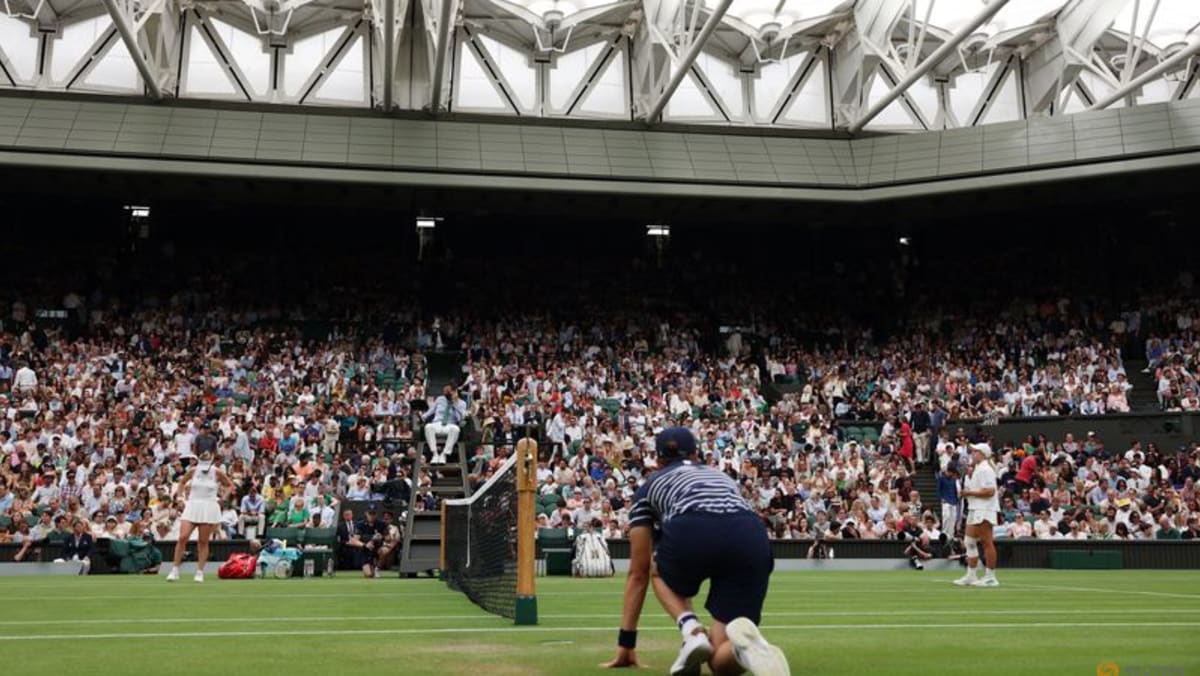Wimbledon Scrambles to Fix Hawk-Eye System Mid-Tournament After Costly Errors

Wimbledon's Tech Troubles: Hawk-Eye System Overhauled After Errors Disrupt Play
The All England Lawn Tennis Club (AELTC) has made a dramatic mid-tournament adjustment to its controversial AI ball-tracking system, Hawk-Eye, following a series of errors that significantly impacted play. The decision, announced shortly after a particularly disruptive incident, highlights the challenges of relying on cutting-edge technology in the high-stakes world of professional tennis.
The most notable incident occurred during a tense fourth-round match between British player Sonay Kartal and Anastasia Pavlyuchenkova on Sunday. A human error in the Hawk-Eye system led to an incorrect line call, sparking controversy and forcing a brief disruption to the proceedings. While the match was eventually resolved, the incident served as a stark reminder of the potential for technology to falter, even with significant investment and development.
What Went Wrong?
Initial reports suggest the issue stemmed from an operational error within the Hawk-Eye system. The system, which uses multiple cameras to track the trajectory of the ball and determine whether it landed in or out, is generally considered highly accurate. However, human input and interpretation are still involved in the process, and a misjudgment can lead to an incorrect call.
The Urgent Overhaul
Recognizing the severity of the situation and the potential for further disruptions, the AELTC swiftly moved to overhaul the Hawk-Eye software. The changes are intended to improve the system's accuracy and reliability, as well as to reduce the likelihood of human error. Details of the specific changes have not been fully disclosed, but the club has assured players and fans that the system is now operating to a higher standard.
Controversy and Scrutiny
The use of Hawk-Eye technology in tennis has been a subject of ongoing debate. While it has largely been praised for its accuracy and fairness, concerns have been raised about its potential to overrule the judgment of line umpires and to create a reliance on technology that could diminish the human element of the sport. This recent series of errors is likely to fuel further scrutiny of the system and its role in the game.
Impact on the Tournament
The mid-tournament changes have undoubtedly caused some disruption, but the AELTC hopes that the improvements will ensure a smoother and fairer remainder of the tournament. Players have expressed cautious optimism about the changes, while fans will be eager to see if the updated system lives up to its promise.
Wimbledon's experience serves as a valuable lesson for other sporting organizations considering the implementation of similar technologies. It underscores the importance of rigorous testing, ongoing monitoring, and a clear understanding of the limitations of even the most advanced systems. The tournament continues, but the spotlight remains firmly on the technology that shapes the future of tennis.






